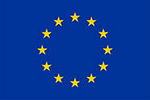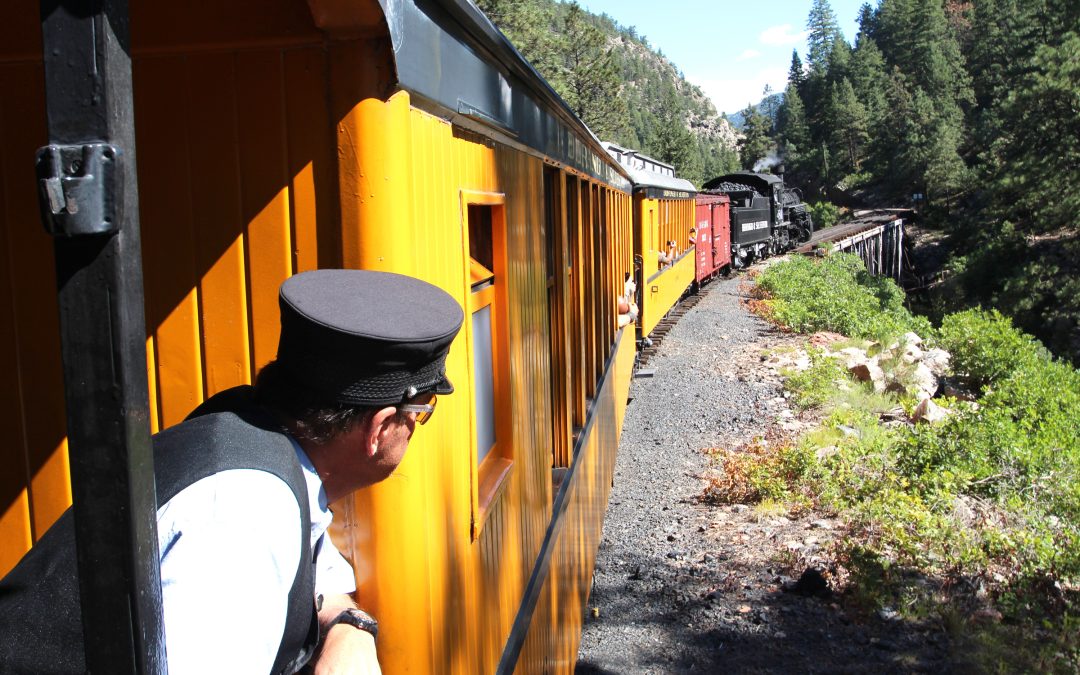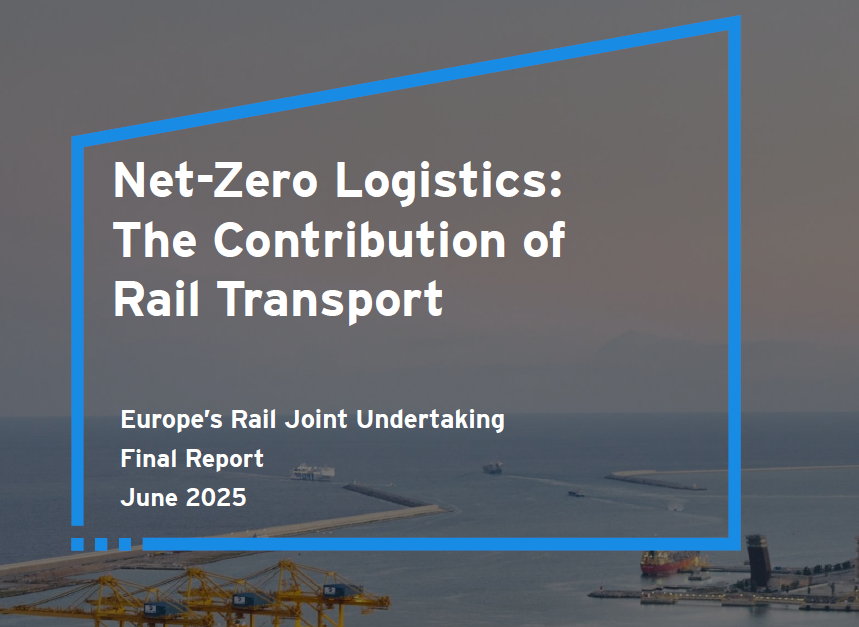Europe must take decisive steps to simplify and modernise its rail systems to strengthen competitiveness,...
To benefit the rail sector and its final users, our new Flagship Project 6 (FP6) FUTURE, worth EUR 32.9 million with 50 partners, is ready to ensure the long-term viability of the regional railway by reducing the total cost of ownership (TCO), while ensuring high service quality and operational reliability. In this article, FP6-FUTURE Coordinator, Alessandro Mascis, from Wabtec Corporation explains what to expect from the project.
Tell us what is encompassed in ‘Delivering innovative rail services to revitalise capillary lines and regional rail services’ and how will the concept change the transport landscape in Europe?
Regional railways play a crucial role not only in serving European regions but also by acting as facilitators for passenger and freight traffic for the core railway network. In addition, it also links the network to other public transport services, such as buses, and to ‘first and last mile’ services. That being said, it is clear that regional railways can represent a ‘booster’ for the rail sector in Europe and contribute to the wider Union objectives of making transport greener and more sustainable.
How will FP6 FUTURE ensure the long-term viability of the regional railway?
Rail has a great potential to increase its capacity and network coverage and to contribute to the greening of transport by reintegrating its unexploited regional network. These lines need to be revitalised or in some cases renewed to ensure they become economically, socially, and environmentally sustainable and meet the evolving customer needs. It is important to emphasise that economic and environmental sustainability are not concepts that conflict with service quality or performance improvement, neither with safety, therefore making regional railways a long-term project. For instance, FP6 FUTURE aims at integrating modern technologies, such as satellite positioning and communication as well as minimising wayside equipment thanks to the implementation of the virtual block signalling. The project also targets developing wireless and energy self-sufficient infrastructure components to decrease operational and overhead costs and a concept design for a cost-efficient, emission free, light rail vehicle with flexible interior.
What are the three main objectives of the FP6 FUTURE and how will they facilitate improved, high-quality and reliable regional railways?
At highest level, three main objectives can be identified. Firstly, a key goal is the overall reduction of the total cost of ownership (CAPEX and OPEX), while maintaining or increasing the current safety levels at both CCS and rolling stock levels. Another key objective is to ensure improved energy efficiency. Moreover, optimised services, including performance punctuality are essential. Additionally, the connection with other transport mode at regional level is also an essential element of investigation.
What are some the main challenges the project will have to overcome?
One of the challenges that this flagship project aims to address for regional lines is their lack of cost efficiency. This has led to the closure of several regional lines in Europe, and many lines are still at risk of being closed, essentially shifting traffic to more polluting transport modes. Our goal is to develop solutions and enable conditions that tackle such risk already in the short-term. This consideration leads to specific challenges at a technical level that the project will have to tackle. For instance, firstly integrating new technologies with the pre-existing solutions already deployed in the current systems. Secondly, reducing the system complexity and adapting to the requirements for less dense regional lines.
When can we expect to see the first results coming from the project and what will these results cover?
Enabling solutions from the demonstrators will be delivered during the second half of 2025. The first outputs are going through 2023 and 2024 and are related to conceptual design and specification of the optimised and adapted regional railways CCS, modular light rail vehicle, wireless and energy self-sufficient infrastructure and multimodal passenger information on-board and at stations.
A busy schedule is ahead for the project to reach the 2025 goals. We have identified a set of ambitious demonstration objectives that will showcase the outcome of our R&I activities. A full schedule is described below:
- ATO over ETCS up to GoA4 to optimise energy consumption and achieving higher punctuality.
- ETCS Level 3 (L3) in its different system types including Moving Block to reduce CAPEX and OPEX of the CCS system by reducing the necessary wayside assets.
- Traffic Management System functionalities integrated with ATO to optimise traffic regulation and management of disruptions allowing a reduction of the overall energy consumption.
- Use of fail-safe train positioning solutions to reduce CAPEX and OPEX of regional lines.
- Cost-effective fail-safe on-board train integrity and train length as necessary component for ETCS L3.
- Cost-efficient, energy self-sufficient, wireless enabled regional rail infrastructure assets as well as communication solutions.
- Develop and showcase the concept for vehicle.
- Generic application and prototypes for vehicle centric train control, fail-safe highly accurate train positioning.
- Travel services including freight.
- AI-based demand prediction integrated in multimodal travel analysis and congestion monitoring algorithms.
Can you explain how the project contributes to the European Green Deal and the Sustainable and Smart Mobility Strategy of the EU, and in general to the rail challenges?
Regional railways have an essential function as an environmentally friendly mode of transport. Their revitalisation can heavily contribute to the reduction of CO2 emission by the European transport sector by shifting more passengers and goods to rail.
The main goal of the project is to reduce the total cost of ownership per kilometre, thereby ensuring the long-term competitiveness of regional railways. Additionally, by promoting a coherent and interoperable vision for seamless connections across the European network and various modes of transport, the project seeks to enhance the competitiveness of the EU rail supply industry. The project is working on meeting evolving customer requirements in regional railways with the technology enablers as explained above.
How is the work done in the Shift2Rail projects dedicated to regional rail facilitating the work of FP6 FUTURE and are there any concrete examples?
The inheritance from Shift2Rail is a cornerstone for the FP6 FUTURE developments. For the initial developments by FP6, outcomes from Shift2Rail characterising multimodality, smart wayside object controllers and protocols for the communication infrastructure have been investigated. It is expected that in approaching the conception phase for the FP6 demonstrators, an even wider take-up of the Shift2Rail results will be utilised.
How is FP6 FUTURE interacting with the other EU-Rail FPs and the System Pillar?
Collaboration with the other Flagship Projects is essential as many of the technological solutions will be developed within these other projects and then tested in FP6. To facilitate the effective and smooth collaboration, the project plans to regularly interact with the System and Innovation Pillars through dedicated documentation exchanges and contribution to related projects’ Maturity Checkpoints. For instance, the use cases and the requirements developed in specific technical topics that are shared by the different initiatives are the common ground for interactions. These are major milestones for the demonstration exercise during the second half of the project.
Why is the work done in this project important for the final users?
It can provide an efficient, affordable, and comfortable alternative transport option to customers. The revitalisation of regional railways towards more economically and environmentally sustainable systems and services will ensure the final users have access to a more efficient, more responsive to the users’ needs, connected, and less expensive travel mode. This in fact will shift mindset and ensure that rail is considered the preferred solution for passengers’ needs. In that sense, the interest of the project to contribute to multimodal transport is a crucial aspect.
How do you get the buy in of the stakeholders outside the consortium and ensure that that the project outcomes are shared/agreed by the sector and the technologies will be deployed at large scale in Europe?
The role of the member states and railways in realising the benefits of FP6 is enormous by implementing the solutions in a smooth and timely manner. The project established contacts with other railway end users already during the proposal phase and created at the very beginning of the project an Advisory Board. This group targets feedback gathering from the European rail sector community through periodic communication and meetings to collect their feedback on the projects’ development and achievements. In addition, the project consortium is implementing a dedicated communication and dissemination plan that will be embedded in the overall EU-Rail strategy. The team intends promoting the project’s scope and goals and results by providing targeted information to key audiences, such as railway operators, including infrastructure managers, EU-Rail projects and the System Pillar, policy makers, and regulatory organisations as well as by proposing specific actions for modification on existing standards related to the project scope, industrial stakeholders, scientific community, general public, and media.
















